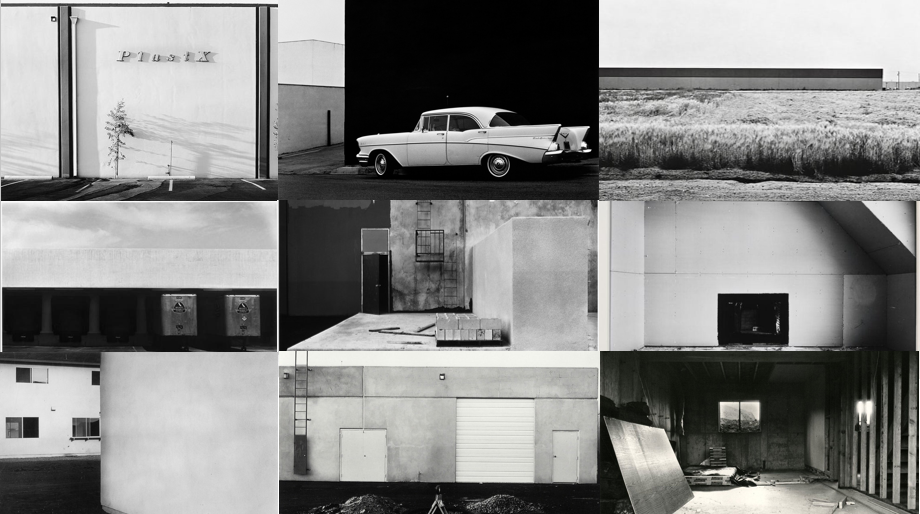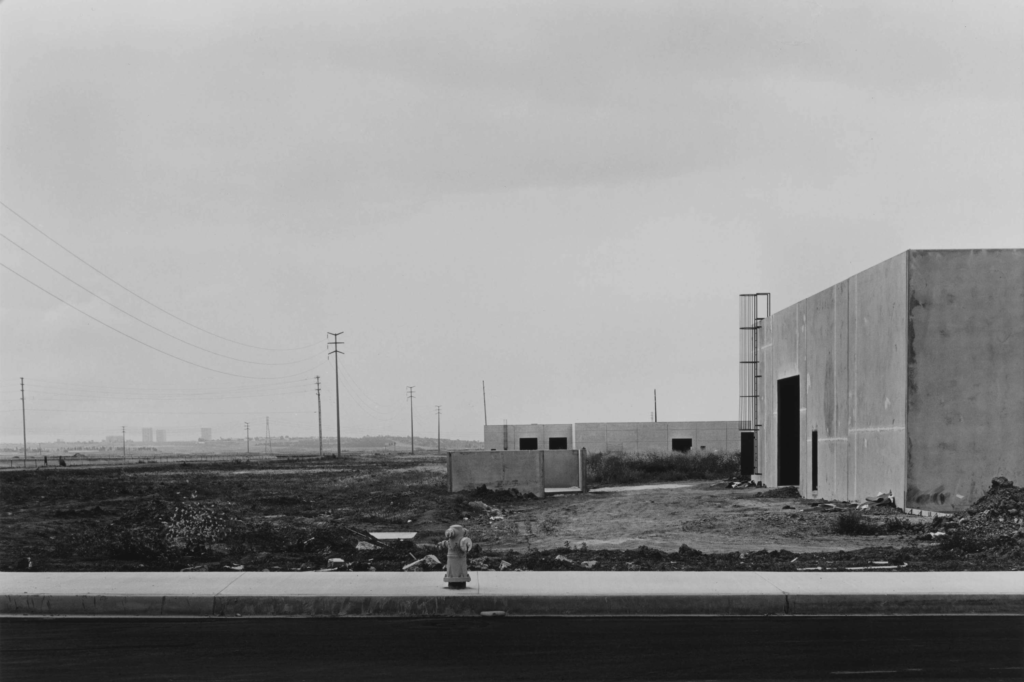
Introduction to Lewis’ Life:
Lewis Baltz was (born in California, Newport Beach 1945) a freelance photographer in California and he taught photography at various institutions: including the California Institute of the arts, the University of California as well as Yale etc.
Lewis has been based in Europe since the mid-80s and travels extensively. The photographer produces images in series that are focus on a particular theme or geographical area. Lewis usually publishes these photographs in book form.
Lewis in terms of The New Topographics:
His work, like that of other associated with the western approach of The New Topographics, he challenges the 19th century tradition of the American landscapes photography represented by Timothy O’Sullivan, Carleton Watkins as well as William Henry Jackson by presenting a less innocent view of the landscape.
His perception and perspective of the landscape reveals that the effects of the 20th century culture and suburban development on the nation’s topography.
Baltz focused his camera on the unassuming green spaces as well as architecture of tract housing, office car parks and industrial parks.
He as part of the New Topographics movement, through his work he shared an aesthetic that drew on contemporary art and rejected the romanticism of traditional landscape photography.
I like Lewis’ work as it is straightforward but very effective, I believe that the simplicity of the image and the idea that it’s empty presents this abandonment clearly and the fact that there is no life, no people or established buildings as during the time the theme of new topographic raised poverty, people moving to new places and leaving behind the old was common during the era after the world war.

He once said:
“I was living in Monterey, a place where the classic photographers—the Westons, Wynn Bullock, and Ansel Adams—came for a privileged view of nature,” he once said of his work. “But my daily life very rarely took me to Point Lobos or Yosemite; it took me to shopping centres, and gas stations and all the other unhealthy growth that flourished beside the highway. It was a landscape that no one else had much interest in looking at.”
